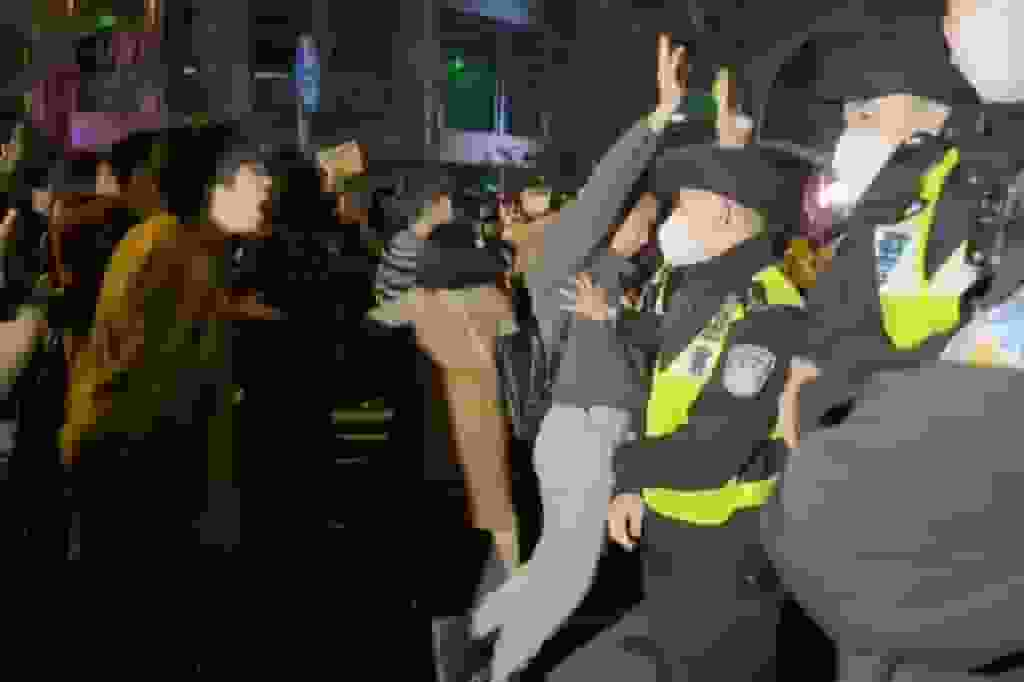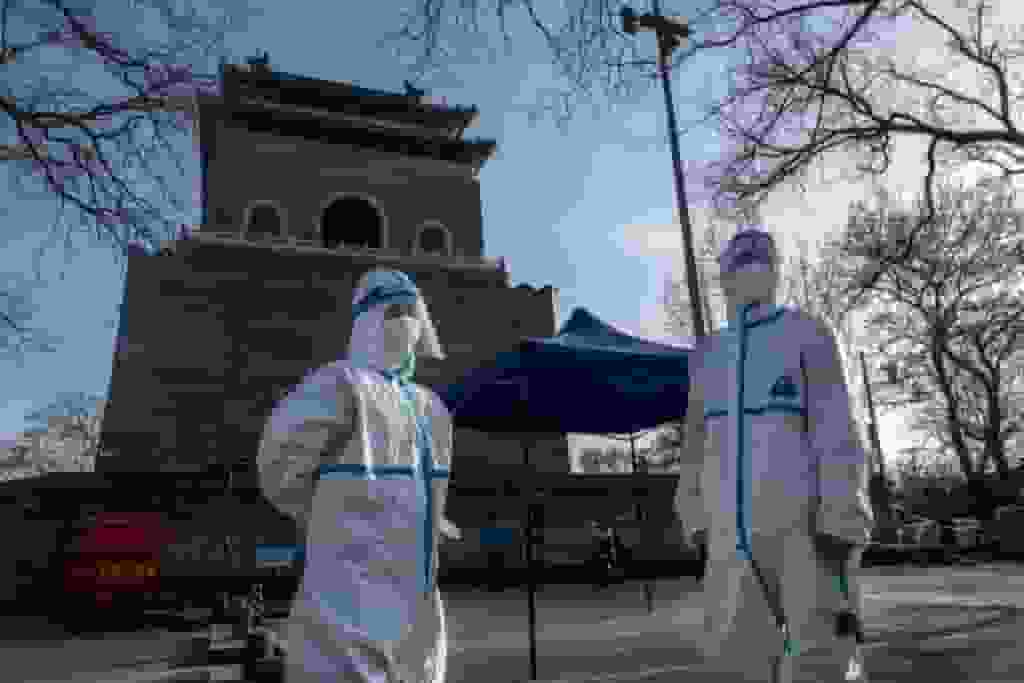
China’s zero-COVID regulations have begun to loosen as a result of recent online criticism, which has pleased protesters.
China has been in a strict Zero COVID lockdown since March when the first reports of an increase in Covid cases appeared. Worrying demonstrations and conflicts with the Chinese government have followed as a result.
What’s Next After China Loosens Zero-COVID Policy?
In particular, huge facilities like Foxconn’s iPhone production in Zhengzhou, China, are facing significant demonstrations and factory workers leaving the site because of the strict COVID regulations. As a result, Apple has significantly reduced both its workforce and production level.
As evidenced by widely shared social media images, police have begun searching commuters’ phones for apps or virtual private network software that protesters used for communication. Authorities have also detained a large number of protesters.
A recent development in a few Chinese towns, meanwhile, seems to suggest that the administration is now finally appreciating the seriousness of the protests.
Beijing no longer has COVID-19 testing booths, and China has also loosened its strict rules. Additionally, Shenzhen said that it would stop requiring passengers to present test results to travel.
A similar policy has been introduced in Shenzhen, where officials have announced that individuals would no longer need to present a negative COVID test result to use public transportation or go to parks.
Some cities are taking action to relax COVID testing requirements and quarantine laws even though the number of cases per day is almost at an all-time high, while China tries to target its zero-COVID policy in the face of a severe economic slowdown and mounting public resentment through ongoing protests.
The temporary lockdowns are being lifted in at least seven districts, according to Chinese authorities. One district said that it would permit the reopening of theaters, restaurants, and other businesses.
While this restriction has been removed, Chinese authorities are presently reevaluating its nationwide mandatory Covid testing regulations and allowing positive cases and close contacts to isolate at home under particular conditions.
READ MORE: China Slowly Backing Away from Harsh COVID-19 Rules
Media Censorship in China During Protests

Interestingly, questions concerning China’s online censorship have come to light following the announcement that COVID restrictions had been lifted in Beijing and Shenzhen.
In case you missed it, there were protests over a horrifying fire in Urumqi, China, that spread to major cities including Beijing, Chengdu, and college campuses after the victims were unable to evacuate because of the stringent zero-COVID rules.
The state has responded to the current wave of protests by utilizing the extensive surveillance and control infrastructure it has been developing for decades.
Chinese officials use informants, phone searches, and facial recognition technologies to locate protesters. The protests are putting China’s sophisticated censorship system to the test, and observers believe that the sheer number of videos has likely surpassed China’s army of censors.

